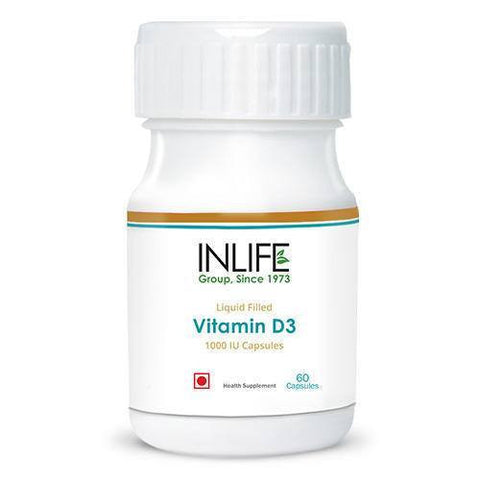Avoid Rickets-Get Your Daily Dose of Vitamin D
 0
0
 2016-02-11
2016-02-11

Image Source: Redbubble
What is Rickets?
The main function of vitamin D is to help the body absorb calcium – the building block of bones. It also helps the body in bone development, alleviation of any inflammation and immune functioning.
Rickets is the result of deficiency of vitamin D or calcium or both together. Symptoms of rickets include a deformed skeleton with pain, fragile bones and poor development and growth of the child.
Though bony abnormalities, which are associated with rickets may be of different types, but, the root cause leading to rickets is the same. Rickets caused due to deficiency of vitamin D and calcium is totally preventable. The first step for treating rickets is to ensure that the child is getting enough calcium through a calcium-rich diet. Simultaneously, supplementation of vitamin D has to be initiated.
- Recommended Levels of Vitamin D
The deficiency of vitamin D is reversible and balancing of this essential nutrient not only improves the mineralization of bones, but also improves the bone quality.
On the other hand, excess vitamin D is also not good for the body as it can absorb excess calcium which would further lead to kidney stones and heart diseases. The recommended level of vitamin D in International Units (IU) is:
- Birth to 1-year old: 400 IU
- Teenagers: 600 IU
- 19 – 70 years old: 600 IU
- 71 years and above: 800 IU
- Pregnant and breastfeeding mothers: 600 IU
Certain people may not have enough vitamin D, including breastfeeding infants since milk is not rich enough in vitamin D, people with dark skin who cannot produce the required amount of vitamin D from the sun, obese people and people with Crohn’s disease or celiac disease. These people need extra vitamin D supplements for their body.
- Sources of Vitamin D
Since our body is unable to synthesize vitamin D on its own, it has to rely on outside sources for helping it with this essential nutrient.
- The best and the most natural way of ensuring that your body is getting enough vitamin D is by sitting under the sun for about 20 – 25 minutes. Vitamin D is also known as the “sunshine” vitamin as it can be absorbed by the body through its skin.
- Vitamin D is oil soluble and hence, we need to consume fat in order to absorb it. One of the best fat-rich source foods is cod liver oil. One tbsp cod liver oil provides about 1300 IU of the nutrient. This exceeds the recommended allowance of 600 IU per day, although it is within the limited allowance for children over 8 years old but not for infants.
- Fatty fish like trout, canned light tuna (per 4 ounces contain 150 IU) swordfish, sockeye salmon (450 IU in a 3-ounce fillet), mackerel, halibut, herring, sardine, tilapia, sole and founder and smoked white fish are other fat-rich foods. These omega 3 rich fatty acids are also good for your heart.
- Plant based foods like mushrooms, which can produce vitamin D in ultraviolet light (Portobello with 400 IU in a cup of diced mushrooms) are also good sources of this essential nutrient.
- You can also take fortified milk which has 100 IU in an 8-ounce glass of milk and a 6-ounce yogurt serving with 80 IU vitamin D.
- Fortified orange juice with 100 IU in an 8-ounce glass of orange juice also provides you with vitamin D.
- Take egg yolks with one yolk providing you about 40 IU of vitamin D.
- You can also take fortified cereals like whole grains but, ensure that you go for a low-calorie fortified cereal.
- Other sources which contribute vitamin D but in lower quantities are dairy products like cheese, butter and buttermilk.
To prevent rickets, take a diet rich in vitamin D, especially foods that have been fortified and include vitamin D like dairy products and foods that have a natural supply of vitamin D like fatty fish and cod liver oil. Click here to know more about how to keep your child’s vitamin D level balanced.

 Joybynature.com Team
Joybynature.com Team






